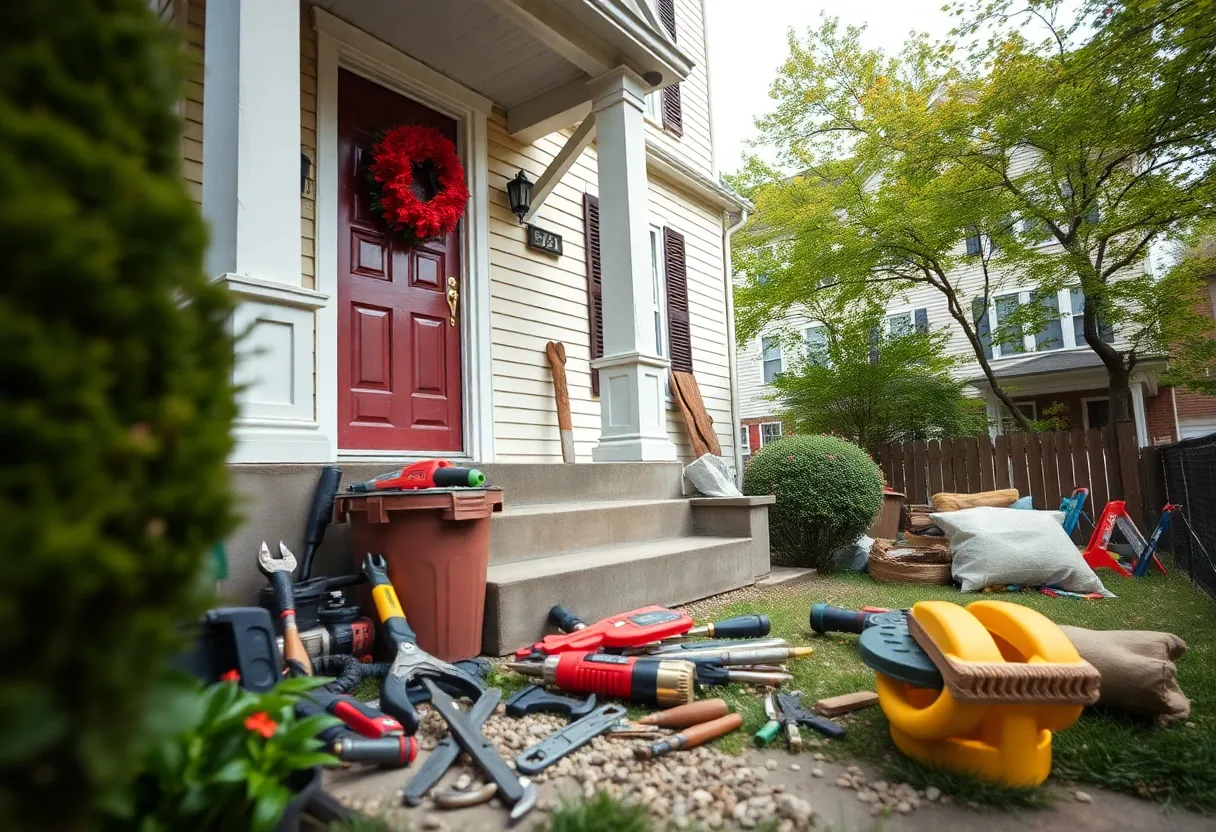How to Master the Art of Home Inspections: A Guide for First-Time Buyers
Purchasing a home is among the most significant financial decisions a person can make. A thorough and accurate home inspection is essential to ensure that the property meets safety, structural, and functional standards. Mastering the art of home inspections allows first-time buyers to identify issues early and negotiate confidently. This guide offers a structured approach to understanding, preparing for, and conducting effective home inspections.
Understanding the Purpose of a Home Inspection
Why Home Inspections Are Crucial
A home inspection provides a comprehensive evaluation of a property’s condition. It aims to uncover hidden problems that may not be visible to untrained eyes, such as structural deficiencies, electrical hazards, plumbing issues, or safety concerns. Identifying these issues safeguards your investment and informs negotiation points with sellers.
Legal and Contractual Significance
In most real estate transactions, a home inspection is a contingency. It empowers buyers to request repairs, negotiate the sale price, or withdraw from the deal if serious issues are discovered. Understanding this role underscores the importance of being an engaged and knowledgeable inspector.
Preparation Before the Inspection
Assemble Your Inspection Team
Although you can conduct an initial review, engaging experienced professionals is advisable for comprehensive assessments. Consider hiring certified home inspectors who adhere to industry standards. For specific issues like pests or mold, specialized experts may be necessary.
Review Property Documents
Obtain and examine previous inspection reports, repair logs, and permits. These documents can provide insights into recurring problems or past repairs that impact the current condition.
Develop a Detailed Inspection Checklist
Your checklist should cover all key components:
- Foundation and structure
- Roofing
- Electrical system
- Plumbing and drainage
- Heating, ventilation, and air conditioning (HVAC)
- Interior features
- Exterior elements
This guide ensures no critical aspect is overlooked during the inspection process.
Conducting the Home Inspection
Perform a Visual Exterior Inspection
Begin by examining the property’s exterior foundation, walls, siding, and windows. Check for signs of water damage, cracks, or deterioration. Assess the roof’s condition, including shingles, flashing, and gutters. Look for sagging or uneven surfaces indicating structural issues.
Assess the Interior Spaces
Move inside to evaluate walls, ceilings, and floors. Watch for cracks, stains, or uneven surfaces. Test doors and windows for proper operation and seal integrity.
Evaluate the Mechanical Systems
Inspect the electrical panel for safety and compliance. Ensure outlets, switches, and fixtures work properly without sparking or flickering. Examine the plumbing system for leaks, corrosion, and proper drainage. Test HVAC units for efficiency and proper function.
Note Safety and Code Compliance Issues
Prioritize safety concerns, such as exposed wiring, mold, asbestos, or radon. Verify updates or renovations comply with local building codes. Document these issues clearly for review.
Post-Inspection Analysis
Interpreting Inspection Findings
Distinguish between minor repairs and major defects. Minor cosmetic issues may not influence the home’s value significantly. Conversely, structural failures or electrical hazards warrant serious attention.
Documenting and Prioritizing Repairs
Maintain detailed records of problems discovered, with photographs and descriptions. Assign priorities based on severity, safety risks, and repair costs. This clarity simplifies negotiations.
Negotiation Strategies
Leverage inspection results to negotiate repairs, concessions, or price reductions. Be realistic and prepared to accept some issues if they are standard for the property age or condition.
Using Inspection Results Effectively
Decision-Making
If significant issues arise, consider whether to proceed, request repairs, or walk away. Inspections empower you to make informed choices, mitigating potential future expenses.
Planning for Repairs
Use findings to budget for necessary repairs and improvements. Engage qualified contractors and obtain estimates before finalizing negotiations.
Ensuring Long-Term Property Health
Incorporate regular maintenance schedules based on inspection reports. Address issues promptly to prevent escalation and preserve property value.
Key Tips for First-Time Buyers in Home Inspections
Develop a Collaborative Approach
Maintain clear communication with your inspector. Ask questions to understand issues fully. Collaborative dialogue enhances your grasp of the property’s condition.
Stay Objective and Avoid Focusing on Cosmetic Issues
Focus on structural and safety concerns. Cosmetic defects are less urgent and generally negotiable.
Recognize the Limits of Visual Inspection
A home inspector’s assessment is visual and non-invasive. For hidden issues, like mold behind walls or termite damage within wood framing, specialized tests or inspections might be necessary.
Conclusion
Mastering the art of home inspections requires preparation, attention to detail, and a clear understanding of property fundamentals. Step beyond surface observations to uncover hidden issues. This knowledge arms you with the confidence to negotiate effectively and make sound investment decisions.
In essence, a thorough home inspection is not just a procedural step. It is a strategic tool that protects your interests, enhances your understanding of property conditions, and ultimately guides your journey toward homeownership with assurance.
Author: STAFF HERE BALTIMORE WRITER
The BALTIMORE STAFF WRITER represents the experienced team at HEREBaltimore.com, your go-to source for actionable local news and information in Baltimore, Baltimore County, and beyond. Specializing in "news you can use," we cover essential topics like product reviews for personal and business needs, local business directories, politics, real estate trends, neighborhood insights, and state news affecting the area—with deep expertise drawn from years of dedicated reporting and strong community input, including local press releases and business updates. We deliver top reporting on high-value events such as the Baltimore Book Festival, Preakness Stakes, and Artscape. Our coverage extends to key organizations like the Baltimore Chamber of Commerce and Visit Baltimore, plus leading businesses in shipping and healthcare that power the local economy such as the Port of Baltimore and Johns Hopkins Medicine. As part of the broader HERE network, we provide comprehensive, credible insights into Maryland's dynamic landscape.





